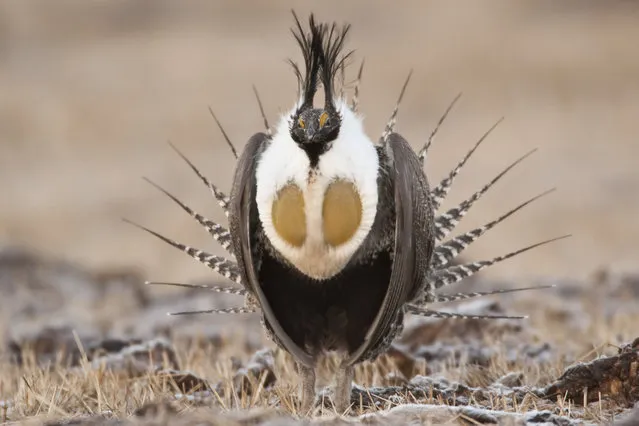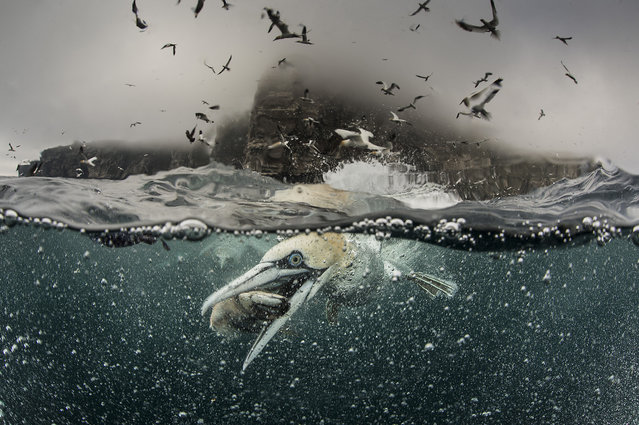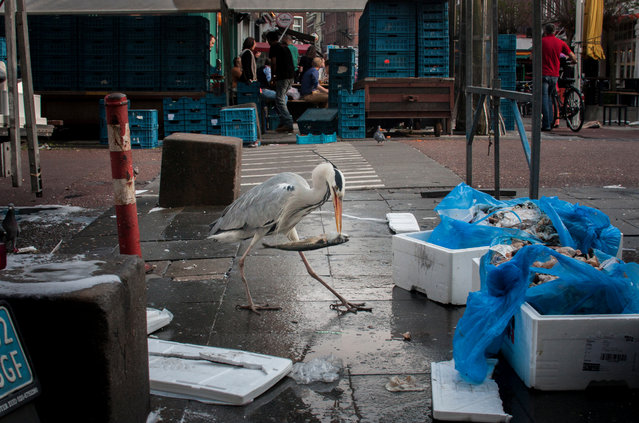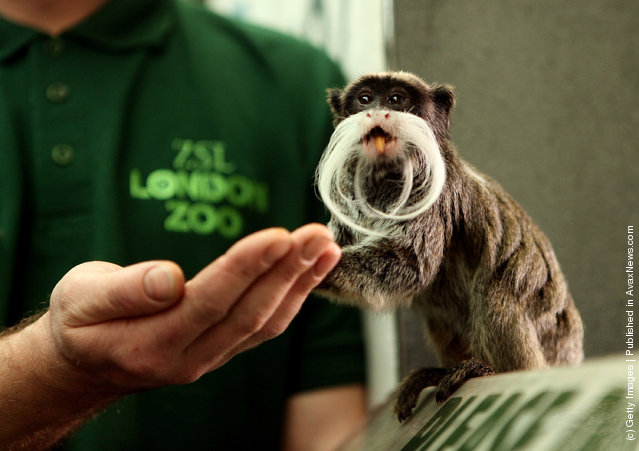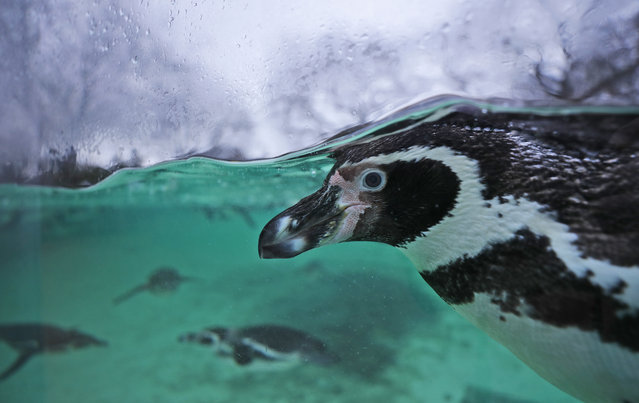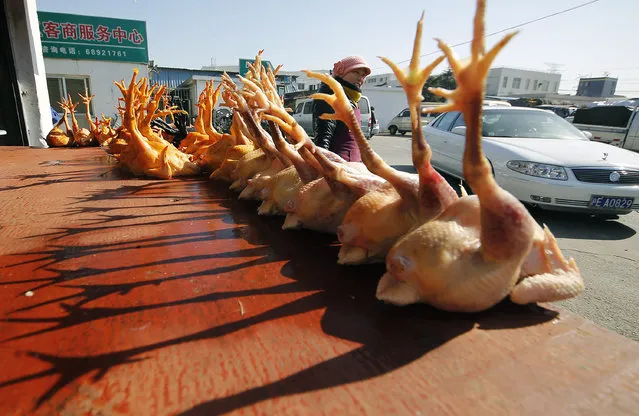
Tourists watch illuminated snow sculptures during the 31st Harbin Sun Island International Snow Sculpture Art Exposition on January 4, 2019 in Harbin, Heilongjiang Province of China. The 31st Sun Island International Snow Sculpture Art Exposition officially opened to public on December 29. (Photo by VCG/VCG via Getty Images)
08 Jan 2019 00:01:00,post received
0 comments

